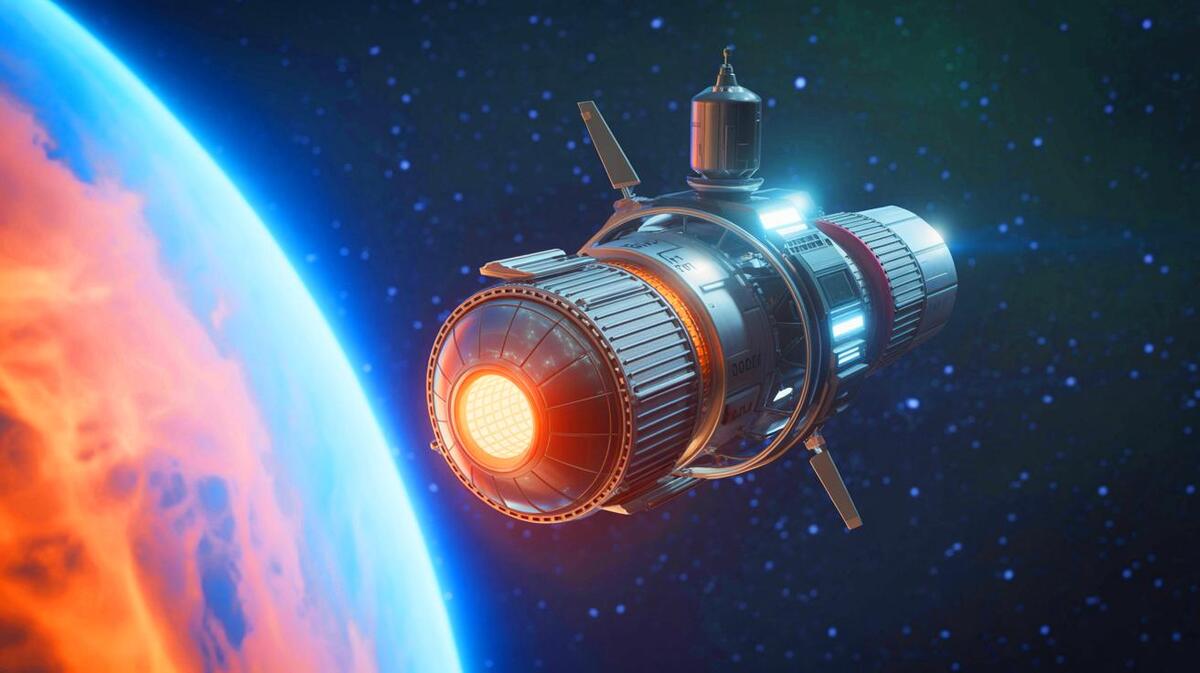Game-Changer: Japan’s Nuclear Battery May Outshine Solar on the Global Stage
Japan has unveiled a revolutionary nuclear battery with a 100-year lifespan, sending shockwaves through the global energy sector and prompting awe from U.S. energy experts. Developed by Tokyo-based startup Nano Diamond Battery (NDB), the breakthrough, announced at a press conference in Tokyo on July 5, leverages diamond-encapsulated radioactive isotopes to generate consistent, low-power electricity for decades, potentially reshaping industries from consumer electronics to space exploration and challenging solar power’s foothold in the renewable energy race.
The nuclear battery, powered by carbon-14 isotopes encased in synthetic diamonds, produces microwatts to milliwatts of energy with no moving parts, offering an unprecedented lifespan of up to 28,000 years, though commercial models target a 100-year practical duration. Unlike traditional batteries, it requires no recharging and is immune to environmental degradation, making it ideal for remote sensors, medical implants like pacemakers, and deep-space missions. NDB claims the battery is safe, emitting less radiation than a banana due to the diamond’s ability to contain alpha particles, and can be recycled by replacing the isotope core.
The announcement has sparked intense discussion, with posts on X calling it a “game-changer” that could “blow solar power off the map.” U.S. Department of Energy officials, speaking anonymously to Bloomberg, expressed astonishment at Japan’s rapid commercialization, noting that similar U.S. projects, like those at NASA, remain in early stages. “This could redefine energy for low-power applications,” one official said, while cautioning that scaling to compete with solar’s gigawatt output is unlikely. Solar, which accounted for 6% of global electricity in 2024 per the International Energy Agency, faces no immediate threat for large-scale power generation but could lose ground in niche markets.
Japan’s innovation aligns with its push for carbon neutrality by 2050, complementing its solar and hydrogen investments. NDB, backed by Mitsubishi Heavy Industries, plans to launch pilot projects in 2026, targeting IoT devices and aerospace applications. The battery’s production cost, estimated at $100–$500 per unit, is expected to drop with scale, though critics highlight challenges in sourcing carbon-14 and ensuring public acceptance of “nuclear” technology, despite its safety claims.
Solar advocates, like the Solar Energy Industries Association, argue that the battery’s low power output—milliwatts compared to solar’s kilowatts—limits its impact. “Solar remains unmatched for grid-scale renewables,” said spokesperson Emma Clarke. However, NDB’s CEO, Nima Golsharifi, envisions a hybrid future: “Our batteries power devices where solar can’t—think Arctic sensors or Martian rovers.” China, a solar powerhouse, is reportedly exploring similar technologies, intensifying the global race.
The development has reignited debates about nuclear energy’s role in a green future. While Japan’s battery doesn’t replace solar’s scalability, its reliability could disrupt markets worth $500 billion by 2030, per Reuters. As NDB prepares for trials, the world watches to see if this tiny power source can spark a seismic shift in energy innovation.
